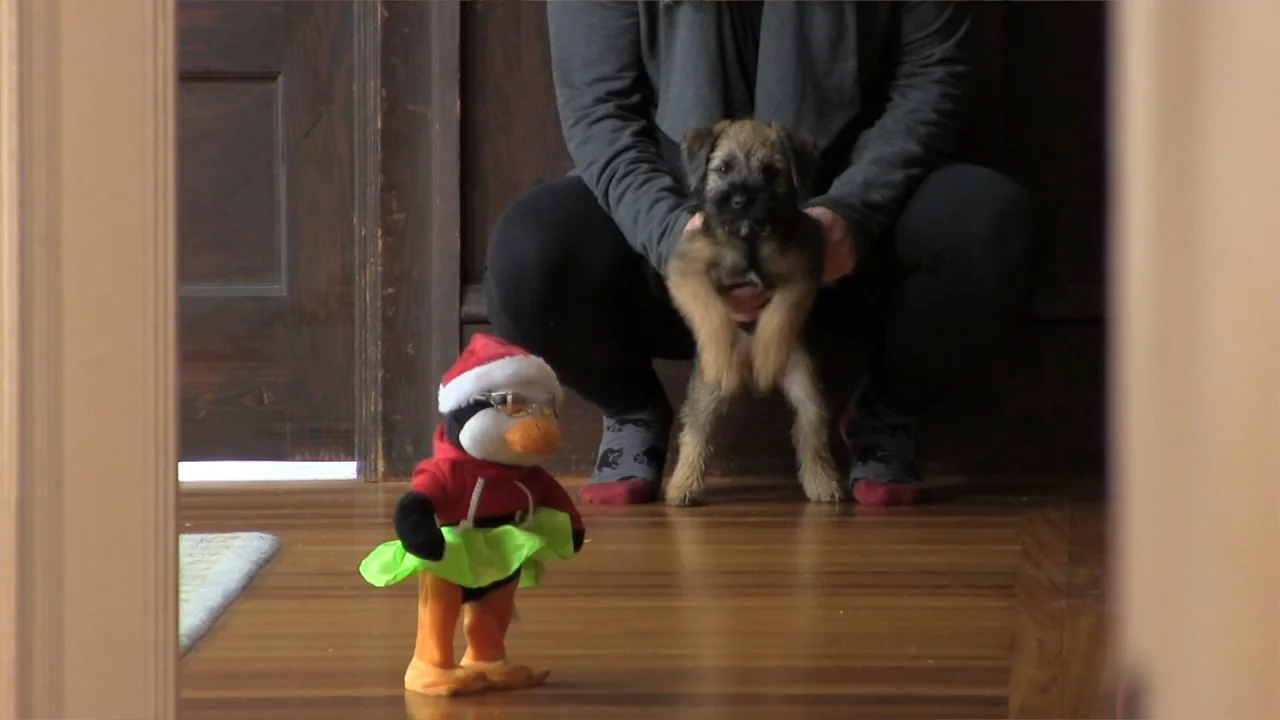Puppy Training 101: How to Start Teaching Your New Pup Right Away
Puppy Training 101: How to Start Teaching Your New Pup Right Away
Blog Article
Leading Pup Training Techniques to Guarantee a Well-Behaved Pet
Effective young puppy training is critical for cultivating a well-behaved friend, and numerous methods can dramatically affect a pet dog's growth. As we explore these methods even more, it ends up being clear that the success of pup training pivots on a mix of techniques that can transform your family pet's behavior in exceptional methods.
Favorable Reinforcement Strategies
Using favorable support techniques is vital for effective young puppy training, as it motivates wanted habits via benefits rather than punishment. This method maximizes the natural learning procedures of canines, reinforcing great behavior by offering immediate and substantial benefits, such as treats, appreciation, or playtime. By associating favorable outcomes with details actions, puppies are more probable to duplicate those behaviors in the future.
Benefits must be offered immediately after the wanted actions happens to create a clear link in the young puppy's mind. Furthermore, varying the kinds of benefits can maintain a pup's passion and inspiration throughout the training procedure.

Uniformity in Training Commands
Keeping consistency in training commands is crucial for reinforcing the lessons learned with favorable support techniques. Canines grow on regular and predictability, so using the very same verbal commands and hand signals for details behaviors is essential. This uniformity assists young puppies recognize what is anticipated of them, decreasing complication and aggravation for both the instructor and the family pet.

Timing likewise plays a considerable function in uniformity. Commands need to be provided immediately throughout training sessions and followed immediately by positive reinforcement, such as deals with or appreciation. This prompt response assists solidify the association between the command and the preferred behavior.
Integrating consistency right into training sessions will produce a secure learning atmosphere, advertising quicker proficiency of commands. Inevitably, a well-structured approach promotes a solid bond between the pup and its owner, bring about a more well-behaved and loyal animal.
Socialization With Various Other Animals
Socializing with various other family pets is essential for a puppy's growth, as it assists them discover ideal habits and interaction skills in varied social contexts. Very early communications with different pets can considerably influence a pup's personality and adaptability in various scenarios. When puppies are revealed to a range of animals, they end up being much more positive and less frightened, which can stop potential behavior concerns later in life.

Instruct your pup to identify signals from other pet dogs, such as signs of playfulness or pain, cultivating shared respect and understanding. Regular socializing not just enhances your puppy's social skills yet also contributes to their general wellness, developing an extra harmonious living setting.
Dog Crate Training Advantages
Acknowledging the countless advantages of dog crate training can greatly boost both the young puppy's and proprietor's experience. Crate training provides a risk-free and secure setting for puppies, ensuring they really feel secured when left alone. This complacency can considerably reduce anxiousness and anxiety levels for both the proprietor and the animal.
Furthermore, pet crates work as an important housebreaking tool. Pups naturally prevent soiling their sleeping area, thus urging them to hold their bladder until they are allow outdoors. This impulse can expedite the housebreaking process, promoting great routines at an early stage.
Crate training also aids in taking care of a puppy's actions when without supervision. By giving an assigned room, owners can prevent damaging habits, such as chewing on furniture or getting involved in hazardous substances. In addition, pet crates can be beneficial throughout traveling, using an acquainted area that can help calm a pup in new settings.
Finally, establishing a pet crate regular motivates self-reliance, allowing pups to discover how to be alone without fear. On the whole, dog crate training is an effective method for advertising serenity, technique, and security, leading to a well-adjusted, well-behaved pet dog.
Leash Training Basics
Leash training is an essential facet of responsible pet dog ownership that makes sure a satisfying and safe walking experience for both the pup and its owner. Appropriate chain training begins early, preferably during see page the young puppy's socializing period. This training assists develop good routines and promotes positive habits when out in public.
To start, select a comfortable collar or harness that fits your pup well. Attach a durable chain, guaranteeing it is not too long, as this can result in drawing and irregular behavior. Start in a quiet environment to minimize interruptions and gradually present your puppy to brand-new environments.
Use favorable reinforcement techniques, such as treats and appreciation, to encourage blog your young puppy to stroll beside you. Quit strolling and wait for them to return to your side prior to continuing if your young puppy draws. This shows them that pulling will certainly not generate onward movement. Uniformity is vital; technique frequently and stay person, as proficiency takes time.
In addition, include short training sessions with fun diversions to develop your pup's emphasis. With dedication and persistence, leash training will lead to an accommodating buddy, making strolls satisfying for both the young puppy and the owner.
Final Thought
In conclusion, using effective puppy training techniques is vital for developing a mannerly pet dog. Overall, these methods collectively advertise a harmonious partnership in between young puppies and their owners.
As we explore these techniques even more, it becomes clear that the success of young puppy training hinges on a combination of techniques that can change your animal's habits in amazing means.
Utilizing favorable support methods is crucial for efficient puppy training, as it urges preferred habits via benefits rather than punishment.Crate training likewise assists in managing a puppy's actions when not being watched.Leash training is a fundamental element of liable pet possession that guarantees a secure and delightful strolling experience for both the pup and its proprietor.In verdict, utilizing reliable pup training methods is crucial for establishing a well-behaved pet.
Report this page